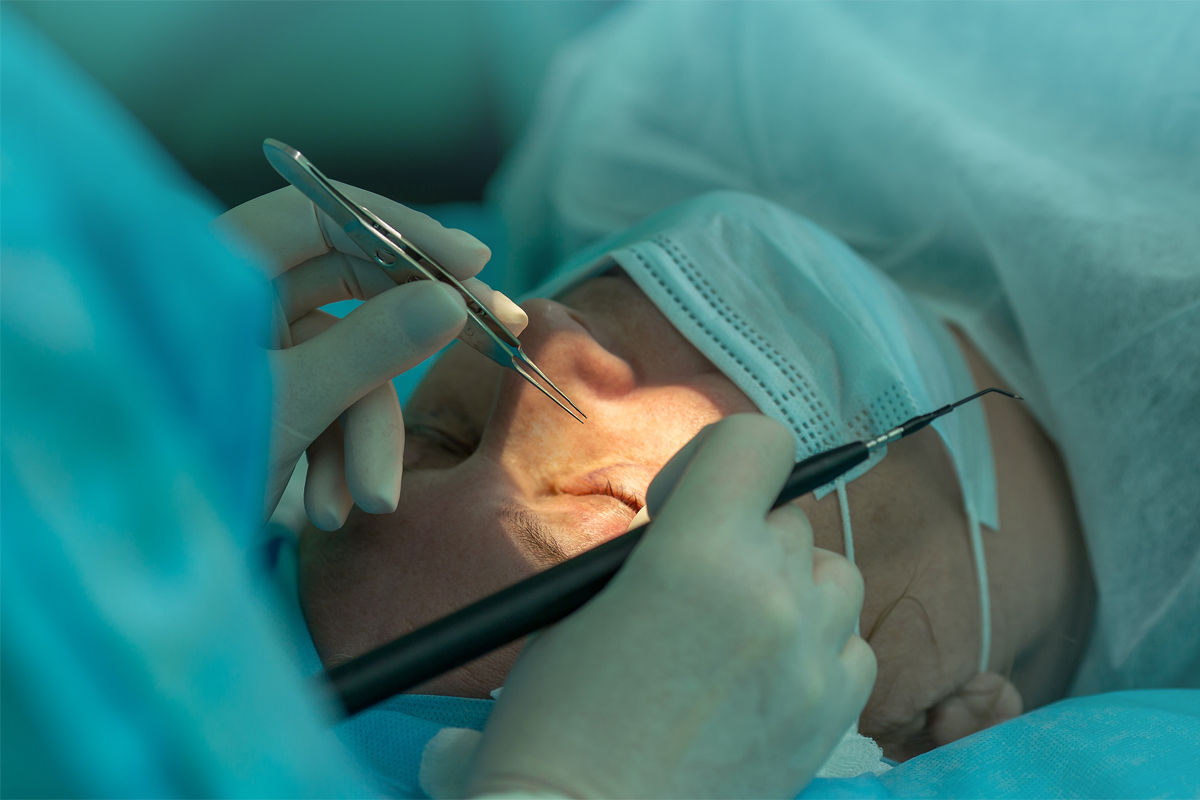Search This Blog
We are attempting to raise awareness about various medical value travel options in order for everyone to receive inexpensive medical care on time.
Featured
- Get link
- X
- Other Apps
There is a wide range of neurosurgery available to treat neurological disorders and diseases
An estimated 22.6 million patients wit
h neurological diseases or traumas require the expertise of a neurosurgeon each year, 13.8 million of whom require surgery. Globally, the majority of vital neurosurgical care is given for traumatic brain injury, stroke-related illnesses, cancers, hydrocephalus, and epilepsy. Neurosurgery is one of the most sensitive surgical specialties; even a small error might be fatal or adversely affect the patient's quality of life.
But because to technical development, the success rates of neurosurgeries have greatly increased. It is now possible for competent, equipped, and trained neurosurgeons to efficiently manage the majority of complex situations, which was not possible ten years ago.
Why is neurosurgery necessary?
What forms of neurosurgery are there?
- neurological therapy
- therapy for the cranium
- brain cancer
- vascular neurology therapy
- spinal operations
- Abscesses and other conditions affecting the central nervous system are examples of meningitis.
- a spine-related herniated disc
- cervical spine and lumbar spine spinal stenosis
- Hydrocephalus
- neurosurgical procedure
- head trauma
- spinal cord damage
- One type of intracerebral haemorrhage is subarachnoid haemorrhage.
- leaking both within cells and across departments
- Patients with cancer or trauma who also experience cranial/peripheral nerve irritation and persistent pain
- Several forms of mental diseases that are incurable
- Valves in the brain and spinal cord that are abnormal
- Moyamoya disease
What elements should you take into account while choosing the greatest neurosurgical hospital and the best nation?
What qualities need to you consider while picking a neurosurgeon?
What are the most typical neurosurgical operations in India?
- During a surgical thrombectomy, the blood clot in the artery or vein is removed. Your arteries, veins, and blood vessels normally have no obstructions to the smooth flow of blood. Your arteries enable blood to deliver nutrients and oxygen to your body. The surgeon must make an incision into a blood vessel to perform a surgical thrombectomy.
- Aneurysm repair is brain surgery used to treat aneurysms. The weak spot in a blood artery causes it to occasionally burst, which causes it to protrude or expand out. One of the potential outcomes is bleeding into the brain's CSF. brain bleeding that results in a blood clot
- Brain tumour removal: A neurosurgeon performs a skull incision to remove a brain tumour. The name of this technique is a craniotomy. Every attempt is made by the surgeon to remove the entire tumour.
- A surgeon may remove a piece of the skull and clip the artery if a burst cerebral aneurysm results in a haemorrhage. A craniotomy is the medical name for this procedure.
- The procedure of ventriculoperitoneal shunting, commonly referred to as shunt insertion or revision, allows surplus cerebrospinal fluid (CSF) to be removed from the cavities of the brain.
- Get link
- X
- Other Apps
RECENT READS

Managing Diarrhea Post-Kidney Transplant: Effective Treatment
- Get link
- X
- Other Apps

Revolutionizing Eye Care: Shinon Global's Impact on Cornea Transplantation Worldwide
- Get link
- X
- Other Apps

Comments
Post a Comment